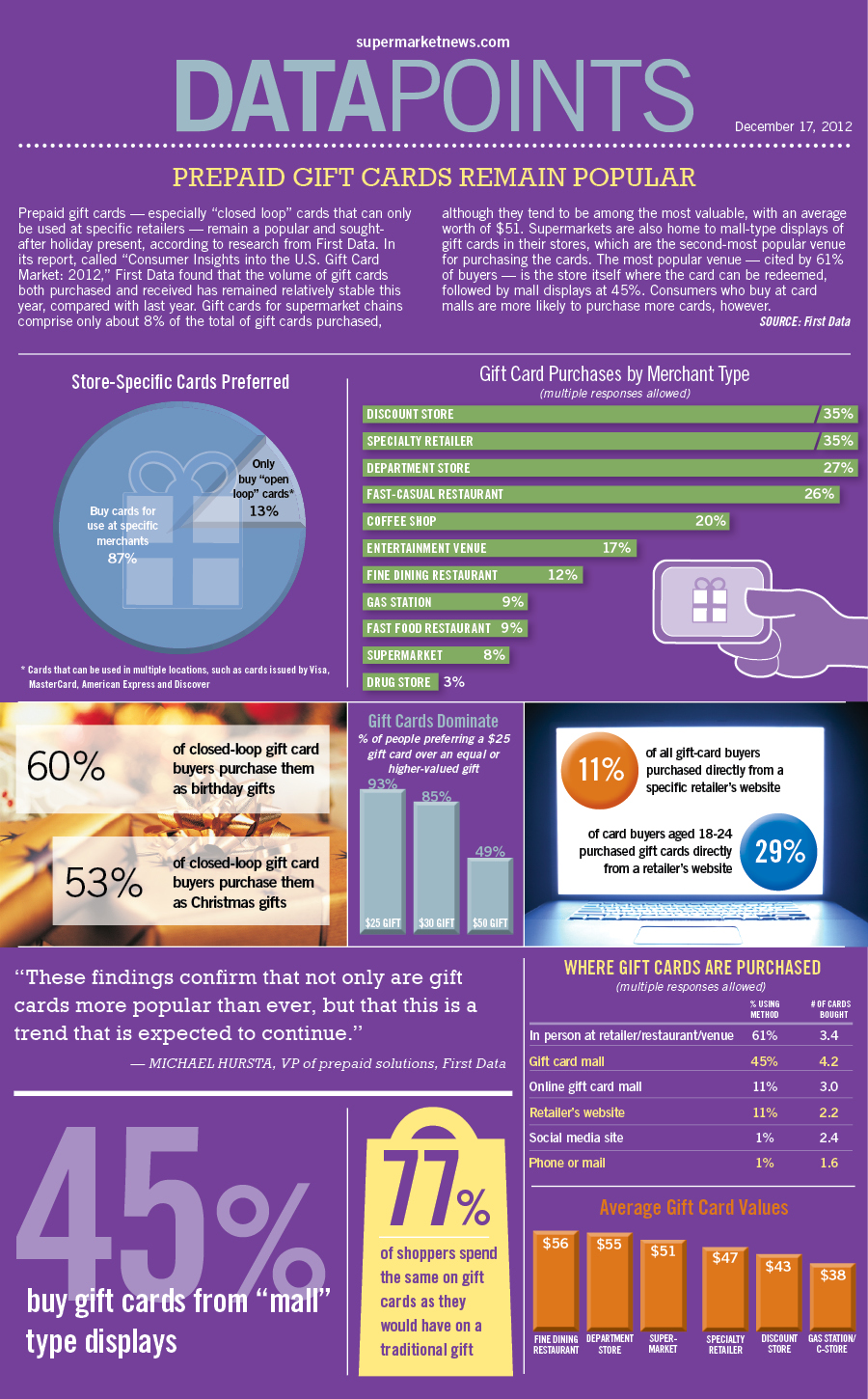Laser etching on glass can add colorful, customized designs to a series of products. This versatility is one of the primary benefits of laser modern technology over various other etching methods.
Prior to you engrave your glass items with the laser, be aware of a few common problems that can develop. These ideas will certainly aid you attain the best results possible.
How Laser Engraving Works
Laser engraving is a prominent technique for etching and customizing products. It is a procedure that can be done on a variety of products, consisting of glass, timber and steel. Laser inscribing machines can produce very detailed designs, with fine lines and precise cuts. Using this technique, you can create custom awards and other products that are sure to impress.
To attain the wanted outcomes, initially, you will certainly require to conceive the style. This will certainly assist you to choose what kind of image or text you want to engrave on the surface. After that, you will certainly require to transform your idea into a digital graphic. This can be done with graphic design software program, such as Adobe Illustrator or Inkscape, and afterwards conserved right into a data style that is compatible with your laser engraver.
Once the engraving files are prepared, it is time to begin preparing the product for laser noting. This can be done by applying a black mask that is developed specifically for laser use. The dark shade of the mask mirrors laser light, and aids to lessen any type of warm that would or else harm the surface area.
Limiting Cracking
When the laser beam strikes the surface area of glass it quickly warms the product up. The unexpected heating creates tiny cracks to the surface. The cracks and cracks develop the look of engraving, etching or frosted glass.
The differing structures of different types of glass can influence just how the product reacts to the laser. It is important to carefully examine your laser setups on a sample piece of glass prior to beginning a job. Precise emphasis is likewise essential for clean, regular outcomes.
To improve the top quality of your inscriptions try using a dark paper to shield the glass from the laser. The specialized dark paper has a finish that takes in the laser energy and permits the etching to take place. The romantic engraved message ideas dark paper can be gotten rid of when the engraving is full. It is likewise recommended to make use of a reduced resolution and decrease the amount of black in the graphics as this will certainly help reduce micro-fracturing. A Jarvis dithering pattern can additionally be put on the graphic in the laser driver setups to randomize and separate the dots of the layout and additional reduce the quantity of micro-fracturing.
Preparing the Surface
Laser marking on glass and plastic uses a large range of functional usages, from product traceability (like day codes or great deal numbers) to 3D marking within the product itself. It's likewise used for design and design in industries such as the automobile, food, and telecommunication sectors.
Obtaining good arise from laser engraving on glass depends partly on the preparation of the surface area. Keeping the product tidy of dust and oil helps the laser permeate deeper and far better. Masking the surface area with a paper towel or newspaper a little larger than the inscribing area can likewise decrease the impacts of warmth on huge areas, assisting to decrease chipping and enhance general inscribing top quality.
Design and laser control software program can likewise influence exactly how well the procedure works. Programs like Adobe Illustrator or Corel Attract help you develop and modify your layouts while programs like LightBurn or LaserGRBL control the laser's setups.
Starting
Laser etching on glass is rapid and efficient, developing a high-end look that improves items and enhances brand name identity. While some might be wary of dealing with this fragile material, a little time and perseverance will assist ensure stunning outcomes.
Using a commercial laser, you can add ornamental patterns, messages, or tailored styles to things like drinking glasses, bottles, pitchers, and much more. The procedure is non-contact, reducing the danger of damage even on rounded or breakable surfaces.
To optimize laser efficiency, you'll wish to invest some time explore the setups for your particular maker and glass kind. Refining these settings will decrease energy use, boost overall engraving high quality, and lower the possibility of mistakes or damage. For example, you can enhance the resolution and lower the black degree of your graphics to use less laser power. In a similar way, using a Jarvis dithering pattern will divide and randomize the dots in your graphics to better reduce laser warm use.
